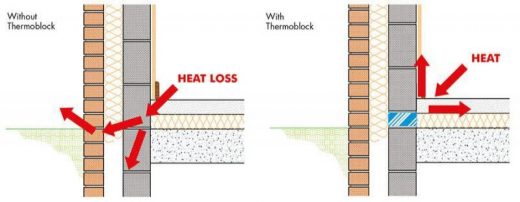Introduction:
Thermal insulation materials are an important part of buildings. They are meant to stop heat from escaping and keep the temperature inside comfortable. Insulation materials are used in walls, floors, roofs, and ceilings to keep heat from escaping or getting in. It can save energy and cut down on carbon emissions. Several things, like the building’s design, the climate, and the money, affect the choice of insulation material. Some things that affect how well insulation works are the material’s R-value (thermal resistance), ability to keep air out, and ability to fight moisture.
Thermal insulation materials help save energy and have other benefits, such as reducing noise, preventing fires, and making buildings last longer. Because of this, thermal insulation has become an important part of building planning and construction in modern times.

